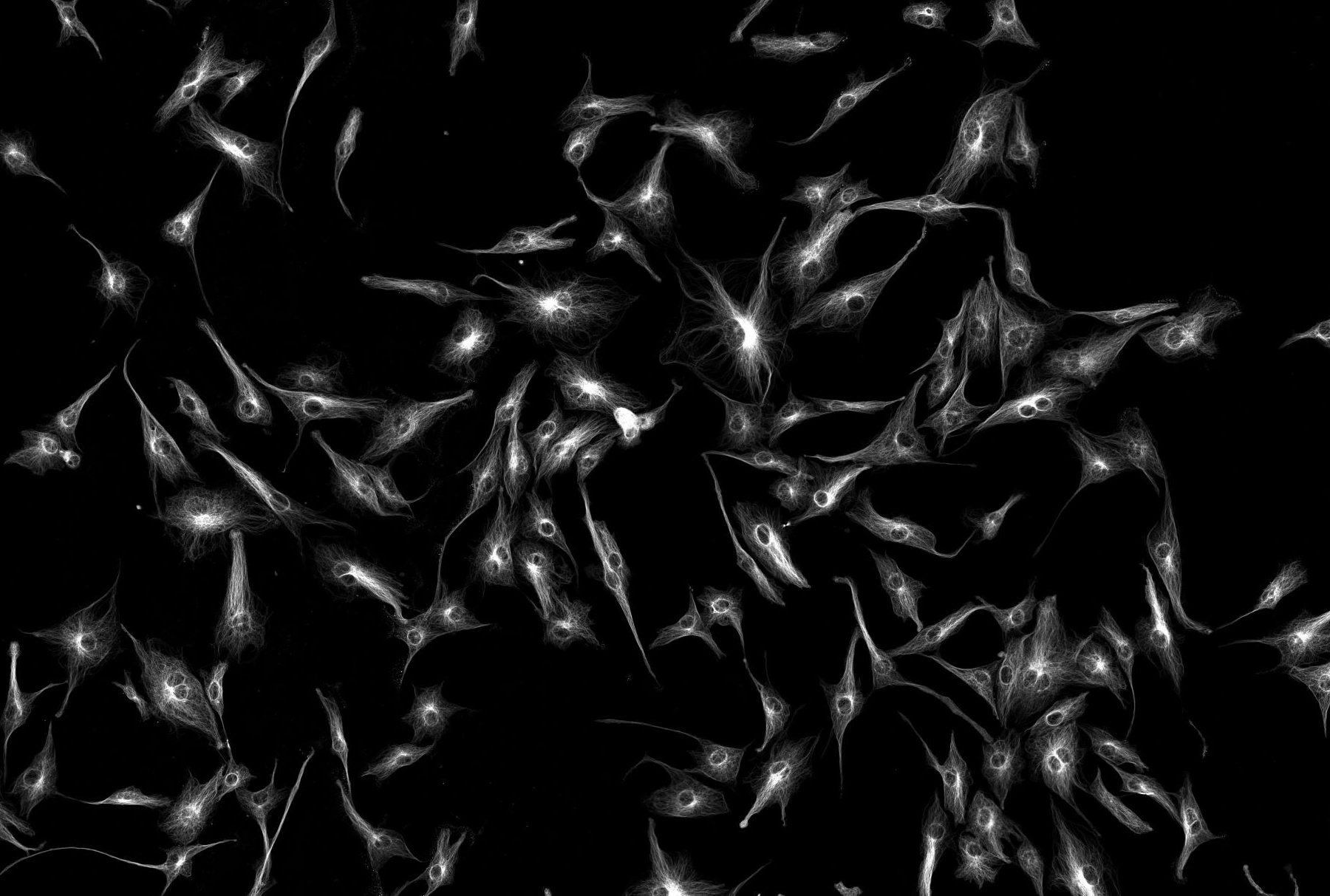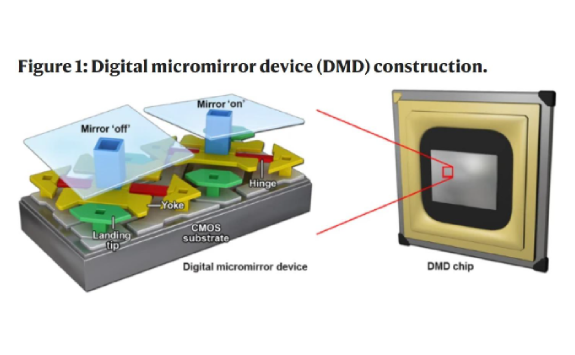Optogenetics
Up to now, stimulation of cells, especially, of neurons, has only been possible by applying chemical agents (ions, ligands, metabolites) or by electricity. Stimulating the cells by chemical cues acts on all cells without specificity, on the other hand electrical stimulation is limited to one or a few cells. The method optogenetics - using a combination of optical and genetic methods - allows more specific targeting of the stimulation.
Illumination technology
Our FLAME facility has a Polygon digital mirror device (DMD) to illuminate multiple regions simultaneously coupled with a CoolLed 800. A DMD is composed of hundreds of thousands of micro-mirrors that can be individually turned on to reflect light onto the sample. Thus, you can control each mirror to control the area(s) of illumination and create any number of different sized patterns. Furthermore, with subcellular resolution, the Polygon can illuminate any cellular feature in any shape or size simultaneously in the sample.
This allows a variety of methods including:
- simultaneous optogenetic stimulation of individual cells or sub-cellular components
- stimulation of any optogenetics or photostimulation probe
- simulation and read out from UV to VIS/NIR range
- spatio-temporal and intensity control of light
- UV photopatterning

